Optimal Timing for Seawall Repairs
Seawall repairs are most effective when performed during periods of low tide and calm weather conditions. These times minimize disruptions and reduce the risk of additional damage. Typically, late spring and early fall offer optimal weather conditions for construction and repair activities in coastal areas.
Spring and fall generally provide the best weather for seawall repairs, with less storm activity and moderate temperatures.
Avoid repair work during storm seasons or periods of high wind to ensure safety and durability of repairs.
Planning repairs around low tide cycles allows easier access and safer working conditions.
Storm activity can cause additional damage and delay repair schedules, making calm weather essential.
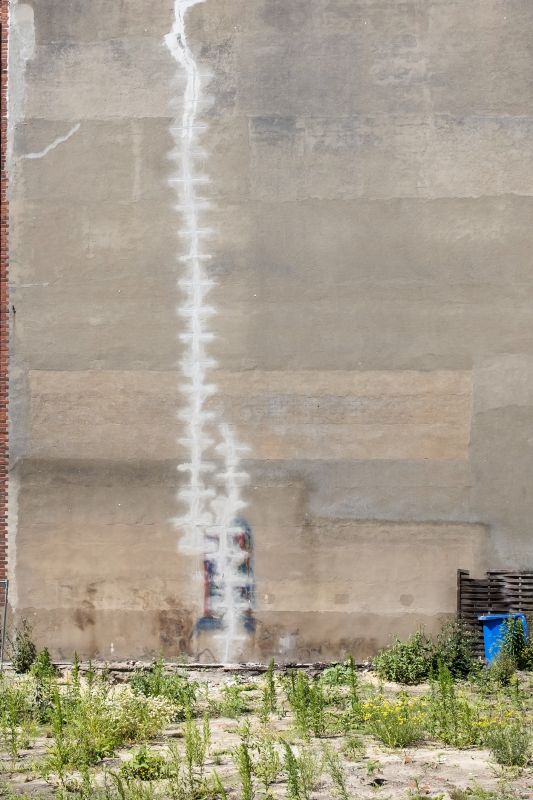
Ways to make Seawall Repairs work in tight or awkward layouts.

Popular materials for Seawall Repairs and why they hold up over time.

Simple add-ons that improve Seawall Repairs without blowing the budget.
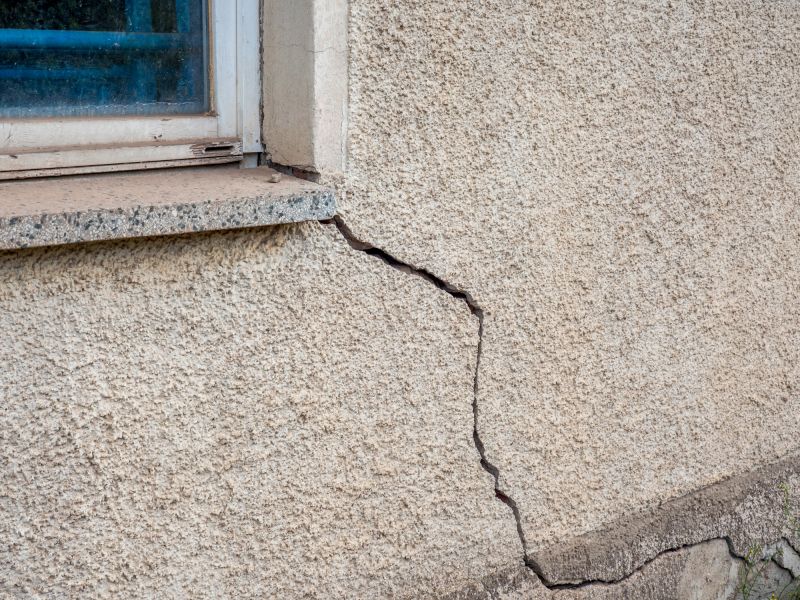
High-end options that actually feel worth it for Seawall Repairs.

Finishes and colors that play nicely with Seawall Repairs.

Little measurements that prevent headaches on Seawall Repairs day.
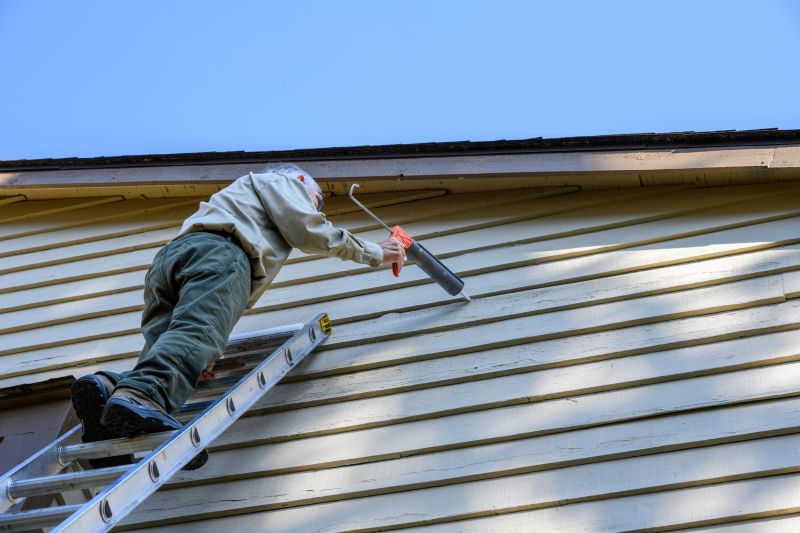
A 60-second routine that keeps Seawall Repairs looking new.

A frequent mistake in Seawall Repairs and how to dodge it.
| Season | Advantages |
|---|---|
| Spring | Moderate weather, longer daylight hours, good for planning. |
| Summer | Extended daylight, but higher storm risk and busy season. |
| Fall | Stable weather, fewer storms, ideal for repairs. |
| Winter | Limited access in cold climates, potential for harsh conditions. |

Small tweaks to make Seawall Repairs safer and easier to use.
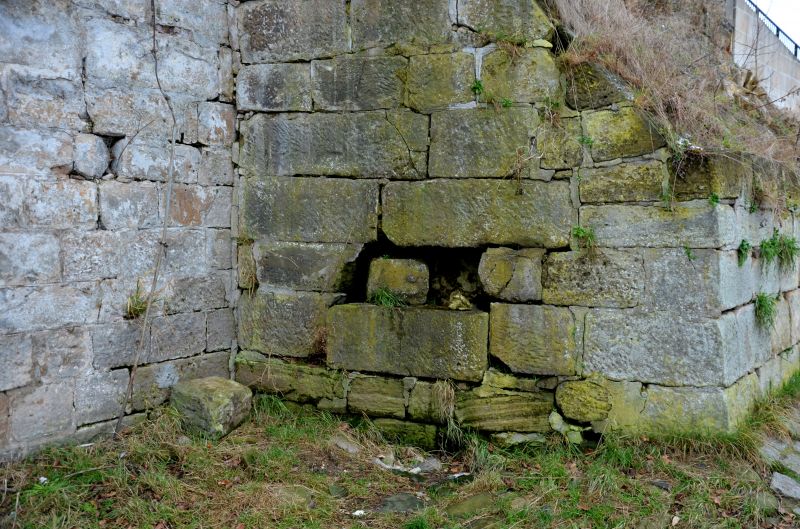
Lower-waste or water-saving choices for Seawall Repairs.
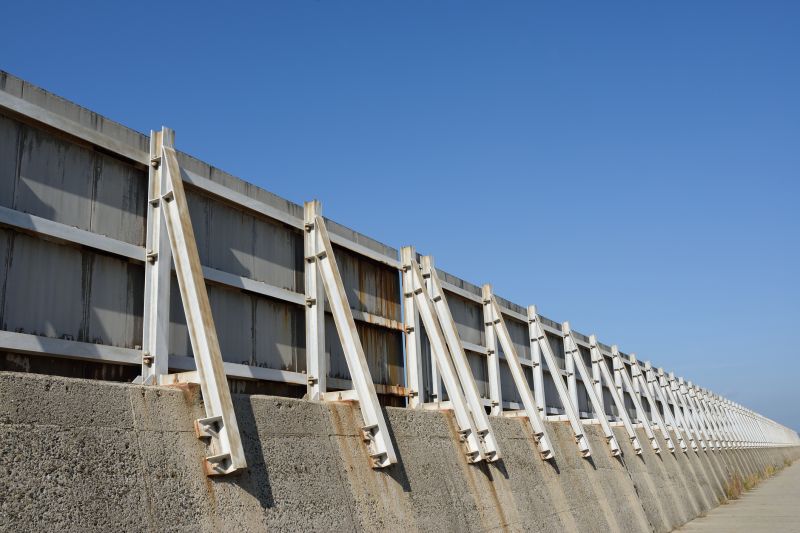
The short, realistic tool list for quality Seawall Repairs.

Rough timing from prep to clean-up for Seawall Repairs.

Quick checks and paperwork to keep after Seawall Repairs.

Examples that show the impact a good Seawall Repairs can make.

Ways to make Seawall Repairs work in tight or awkward layouts.

Ways to make Seawall Repairs work in tight or awkward layouts.
Interested parties are encouraged to contact for further information or to schedule inspections. Proper timing and planning are essential for ensuring the durability and effectiveness of seawall repairs, ultimately protecting coastal assets and communities.



